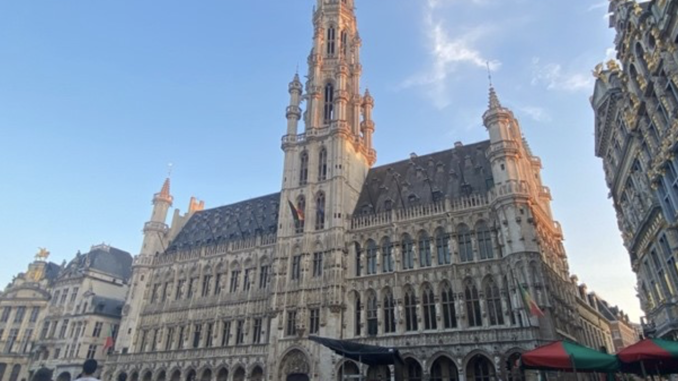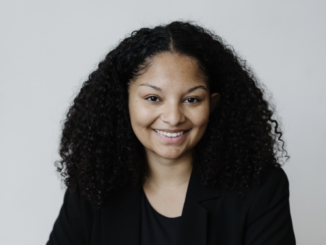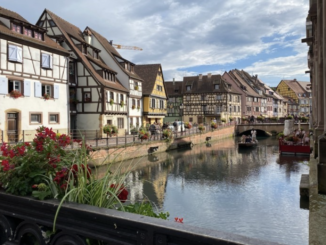
By Ralph Gabriel Parcon
Belgium is the country in Europe known for good-tasting chocolate, potato fries, and, of course, waffles.
Besides the food, some people think that French is the primary language spoken in Belgium, but that is not the case.
French is one of the three languages spoken in Belgium with the other two being Dutch and German. However, French, and Dutch speakers are more often encountered across the country than German speakers.
Beyond the capital of Brussels, Belgium is divided into two distinct regions, Wallonia, and Flanders. Wallonia is a French-speaking region in the south while Flanders is a primarily Dutch-speaking region in the north.
The people of Flanders are known as the Flemings and the language is called Flemish.
Ever since Belgium became independent from the Netherlands in the 1830s, the primary language that was spoken was French. This was because of France being assisted in the Belgians during their Revolution against the Dutch as well as the Belgian elites, who ran the country, being French speakers.
As a result, Flemish Dutch was not used as much as Belgian French. However, at the end of the century, this changed when the Dutch finally received the status of a co-official language alongside French.
With these new changes to the languages spoken in Belgium, the 1920s saw the restrictions of the two languages to be used only in their respective majority regions. This meant that only Flemish Dutch should be used for all official purposes in Flanders as well as for French-speaking Wallonia.
This was designed for Flanders and Wallonia to retain their distinct linguistic and cultural identities instead of having the entire country become bilingual.
The sole exception to this was Brussels. While it was geographically located within Flanders, it was the capital city, so it had to be bilingual in Dutch and French.
Today, this practice of confining the two languages to one region has continued. Despite the Dutch origins of Brussels, I have noticed that the people there are more likely to speak French. I can now see that each region has continued to use only their heritage language.
When I was at the railway stations and riding on the intercity trains at Ghent and Bruges, which were both located in Flanders, the announcements were made only in Dutch. However, when my train back to Brussels was approaching a Brussels-area station, the announcements were made in both Dutch and French.
As for German, the German-speaking regions of the country are located within Wallonia. The announcements for stations in those cities will probably be in both German and French.
In the end, it seems like Belgium’s linguistic dynamics are a point of interest for travelers, linguists, and geographers alike. Although, they are also a point of tensions both past and present, especially with French becoming more widespread in the country.
Due to one language being official in one region, another language is taught as a secondary language in schools.
For example, a student in Dutch-speaking Antwerp would be learning French as a second language in school. Likewise, the same would be happening in French-speaking Liege where Dutch would be the second language learned.
This gives students the ability to communicate with people from the other region, but it also means that English is not promoted as much as a second language for learning in schools.
Nevertheless, the linguistic diversity of the country is among several reasons why Belgium is my favorite country in Europe.



